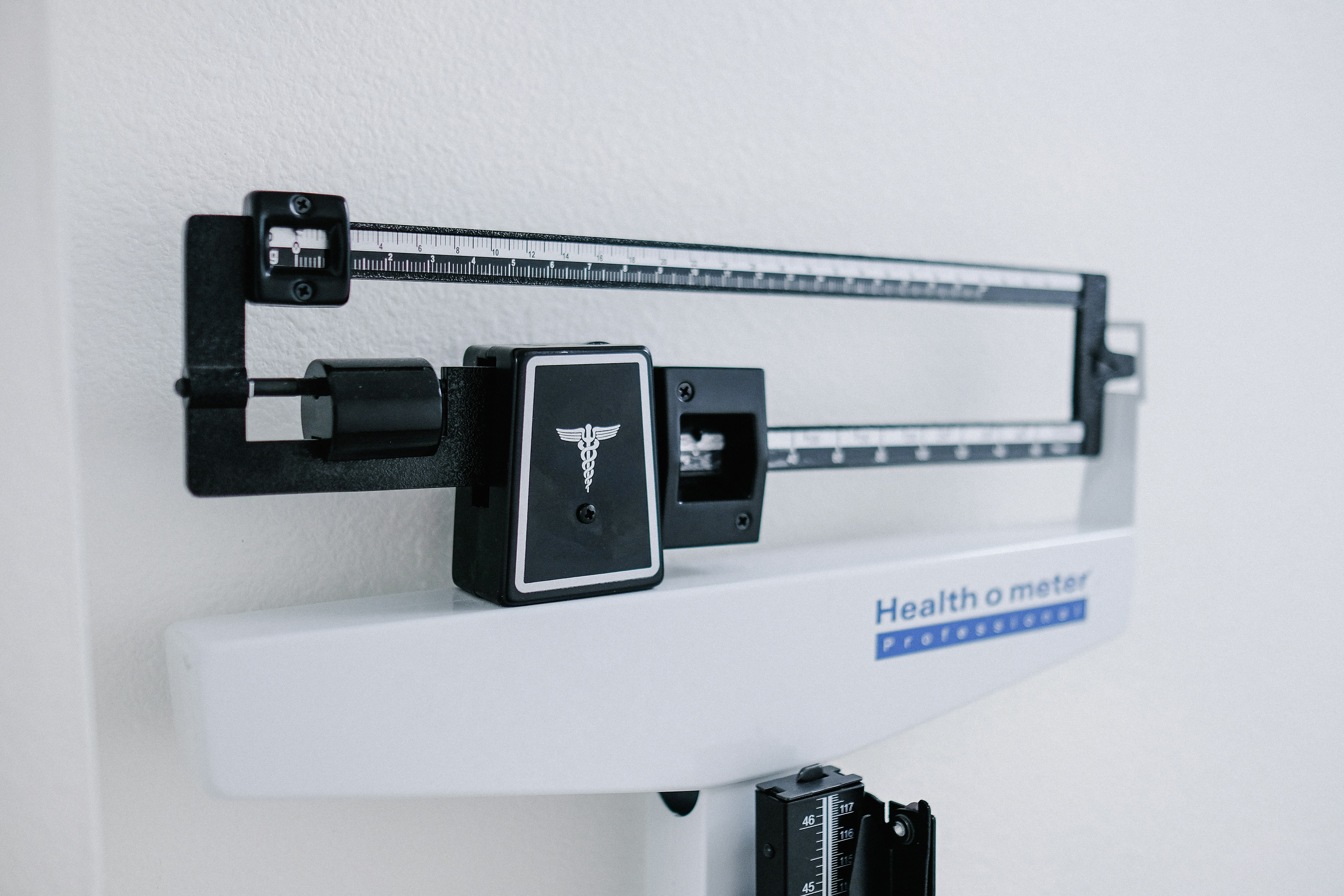Have you ever wondered why, despite your busy schedule, you’ve been feeling those persistent aches or noticing changes in your health? It could be linked to something called oxalates. Oxalate, a natural compound found in many foods and produced as a waste product by your body, might be more significant to your health than you’ve considered, especially if you’re always on the go. Understanding how oxalates affect you and learning simple management tips can help you maintain better overall health, even with a hectic lifestyle.
Understanding Oxalates: What Are They?
Oxalates are naturally occurring substances found in plants, animals, and humans. Commonly present in leafy green vegetables, nuts, seeds, and even chocolate, oxalates bind with minerals to form compounds that can affect your health. When your intake of high-oxalate foods exceeds your body’s capacity to excrete them, it can lead to the formation of kidney stones or other health issues.
The Role of Oxalates in Health
You might not think about it daily, but your diet plays a significant role in health maintenance. Oxalates can contribute to kidney stone formation, joint pain, or other challenging symptoms. Understanding how your body processes oxalates can be the first step in managing their impact on your well-being. As you navigate your responsibilities as a busy professional, let’s make sure you’re informed about how oxalates can discreetly influence your health.
How Do Oxalates Affect the Body?
In simple terms, not all oxalates are harmful, but they can cause problems if your body retains too many. Normally, oxalates are broken down and excreted through urine. However, if your body’s oxalate balance tips too far, these compounds might crystalize, leading to pain or more serious conditions like kidney stones. Balancing oxalate levels through awareness and dietary choices is crucial.
Identifying High-Oxalate Foods
For those managing tight schedules, understanding high-oxalate foods can help you make better dietary decisions. High-oxalate foods are those that contain more than 10 milligrams of oxalate per serving. Some popular examples are spinach, rhubarb, almonds, and beets. Keeping a mental note or a physical list of these foods could be a game-changer for your health.
Common High-Oxalate Foods
To save you time, here’s a handy table of some common high-oxalate foods:
| Food Item | Oxalate Content (mg per serving) |
|---|---|
| Spinach | 755 mg |
| Rhubarb | 541 mg |
| Almonds | 122 mg |
| Beets | 152 mg |
| Sweet Potatoes | 97 mg |
| Dark Chocolate | 117 mg |
Low-Oxalate Alternatives
If you’re looking to reduce oxalate intake, consider low-oxalate alternatives like broccoli, cauliflower, or white rice. These alternatives not only fit a low-oxalate diet but also bring nutritional balance to your meal plans, ensuring you maintain energy and focus throughout your busy day.
Practical Oxalate Management Tips
Managing oxalates doesn’t have to be complicated or time-consuming. Small changes can make a big difference, helping you to sustain not only your work commitments but also your health.
Modify Your Diet Gradually
Radical changes can be hard to stick with, especially with a busy lifestyle. Instead, try modifying your diet gradually. Replace a high-oxalate food in your diet with a low-oxalate alternative one at a time. Not only will this introduce variety into your meals, but it also makes dietary changes more sustainable in the long run.
Incorporate Calcium-Rich Foods
Calcium isn’t just for bones; it can bind with oxalate in your intestines, reducing its absorption into the bloodstream. By incorporating calcium-rich foods like milk, cheese, or yogurt into your meals, you can help prevent oxalate-related issues in a practical way.
Stay Hydrated
It seems straightforward, but you’d be surprised how easy it can be to forget hydration amidst a busy schedule. Adequate water intake helps your kidneys flush out oxalates, making it a simple yet effective management strategy. Aim for at least eight cups of water a day, and try setting reminders to stay on top of it.
Be Mindful of Vitamin C Supplements
While vitamin C is essential, excess amounts can convert into oxalates inside your body. When choosing your supplements, be mindful of their vitamin C content and consult with a healthcare professional if you’re unsure about appropriate levels, especially if you’re taking other supplements or medications.
Smart Meal Planning for Oxalate Management
Meal planning is a strategy that saves time and helps implement a balanced diet. By dedicating a few minutes to planning your meals weekly, you can control oxalate intake without compromising taste or nutritional diversity.
Breakfast Ideas
Many breakfast foods are naturally low in oxalates. Opt for oatmeal topped with a sprinkle of cinnamon and fruit, or enjoy a yogurt parfait with low-oxalate berries like blueberries or strawberries.
Lunch and Dinner Suggestions
For lunch, consider a wrap using whole wheat tortillas filled with grilled chicken, lettuce, and avocado. At dinner, a salmon or chicken stir-fry with broccoli and carrots can provide a wholesome, low-oxalate meal. Be creative by adding your favorite herbs and spices to enhance flavors without extra oxalates.
Snack Smartly
Snacking smartly during a busy workday can often be challenging. Keep low-oxalate snacks like cheese sticks, apple slices with peanut butter, or plain popcorn handy to satisfy hunger without unintentional oxalate surpluses.
Listening to Your Body
Your body may give you signs when oxalate levels become problematic. Being aware of symptoms like joint pain, frequent urination, or changes in urine color can indicate that you should review your oxalate intake. Balancing career and self-care is key, and listening to your body’s signals can prevent health issues before they escalate.
Monitoring and Adapting
You may need to adjust over time as your body changes. Keeping a brief record of what you eat and any symptoms experienced can help you identify patterns. Consulting with a healthcare provider guided by this information can facilitate effective management of your oxalate intake.
Emphasizing Balance
Balance is often a theme in life that extends to managing health. You don’t need to eliminate oxalates entirely but rather find a balance that suits your lifestyle and health needs. Balance ensures you enjoy what you eat, feel good in your body, and maintain focus on your professional and personal endeavors.
Finding Long-term Sustainability
Long-term sustainability in diet often hinges on enjoyment and convenience. Discovering joy in cooking new recipes or relishing favorite low-oxalate foods with friends can transform oxalate management from a task to an engaging part of life.

Conclusion
Though your life as a busy professional doesn’t leave much room for unnecessary complications, managing oxalates doesn’t have to be one of them. By understanding oxalates and applying the practical tips shared, you can foster a healthier, more balanced lifestyle without sacrificing time or enjoyment.
Remember, it’s the small, consistent changes that often pave the way for healthier living. You’re not alone in navigating the complexities of nourishment and work-life balance, and with these insights, you are now equipped to make informed decisions to support your health.




